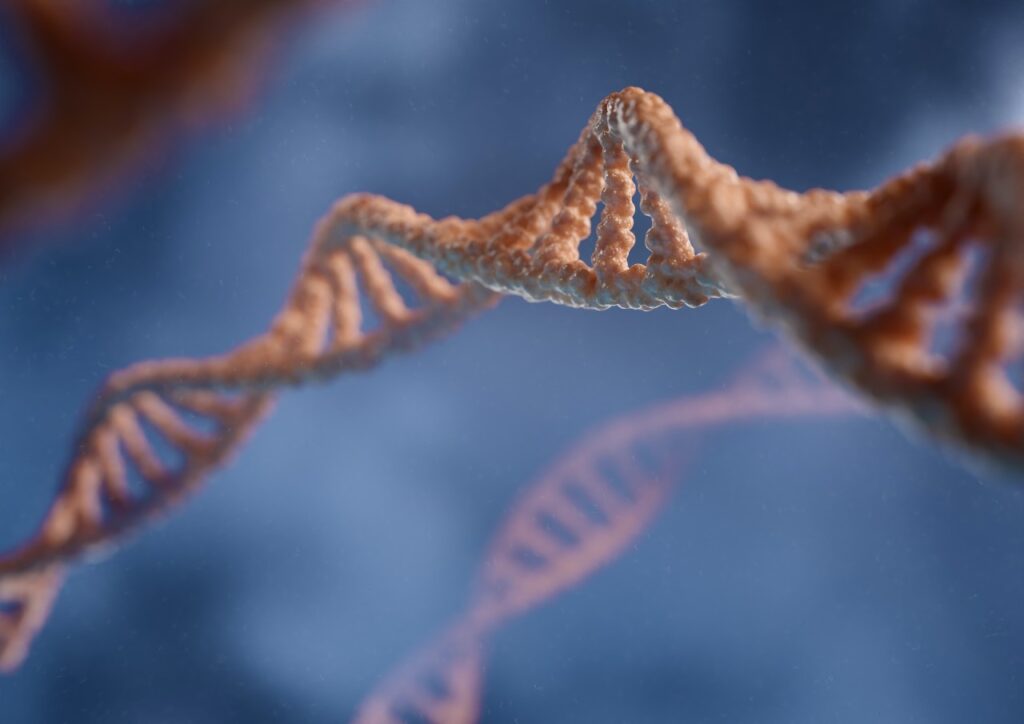
Further Insights into STR Analysis
In one of our most-read blog posts, we dove into the world of Short Tandem Repeat (STR) analysis, a cornerstone of modern forensic DNA analysis. Now, let’s go a step further into STR analysis with more details about its crucial role in forensic investigations.
Revisiting STR Analysis
STRs are repetitive DNA sequences found throughout the human genome. These sequences consist of a few nucleotide base pairs repeated in tandem, creating unique patterns that vary among individuals. Leveraging these variations, forensic experts can construct DNA profiles that are distinctive to everyone, much like a genetic fingerprint. This process has revolutionized criminal investigations, paternity testing, and even historical genealogy research.
In our previous blog, we highlighted the significance of STR markers in identifying individuals and discussing concepts like allele, genotype, and locus. This time, let’s explore some advanced aspects of STR analysis:
Multiplexing
Forensic laboratories handle a substantial number of cases, and processing DNA samples from each case individually can be time-consuming and resource-intensive. Enter multiplexing—a technique that allows simultaneous analysis of multiple STR markers within a single DNA sample. Through multiplex PCR (Polymerase Chain Reaction), multiple STR loci are amplified in a single reaction, increasing the efficiency of analysis while conserving precious sample material.
Stutter Peaks
One of the challenges in STR analysis is the presence of stutter peaks. These are smaller peaks that appear in electropherograms adjacent to the true alleles. Stutter peaks result from slippage during DNA replication, where extra repeats are duplicated or skipped in the new DNA strand. Interpreting stutter peaks is crucial to avoid misidentification and ensure accurate results.
Mixture Analysis
Real-world forensic samples often contain a mixture of DNA from multiple individuals. Mixture analysis involves separating and attributing the various DNA contributions to their respective sources. Advanced software and statistical methods aid in untangling these complex mixtures, enabling forensic experts to extract valuable information from challenging samples.
Population Genetics
Understanding the genetic diversity of different populations is fundamental to proper DNA profile interpretation. Population genetics studies provide databases of allele frequencies, which aid forensic analysts in estimating the rarity of a DNA profile within a specific population. This information is important in calculating match probabilities and presenting reliable evidence in court.
Next-Generation Sequencing (NGS)
As technology evolves, so does the field of forensic DNA analysis. NGS is gradually emerging as a promising tool to complement traditional STR analysis. NGS techniques can offer increased sensitivity, expanded marker sets, and the potential to analyze degraded or challenging samples. However, the implementation of NGS in forensic settings requires rigorous validation and careful consideration of its legal and ethical implications.
CODIS (Combined DNA Index System)
Most of the genotype information in CODIS is from STR marker systems. As of 2017, the requirement to upload to CODIS at the national level for known offender profiles is 20 loci. Before 2017, it was 13 loci. Expanding the CODIS core loci became imperative as the database continued to grow to reduce the possibility of fictitious matches.
Advancing Justice through STR Analysis
The intricacies of STR analysis exemplify the meticulous nature of forensic DNA analysis. From the laboratory to the courtroom, every step in the process demands precision, expertise, and a commitment to upholding justice. As technology continues to evolve and our understanding of DNA deepens, STR analysis remains a key cornerstone in the pursuit of truth.
